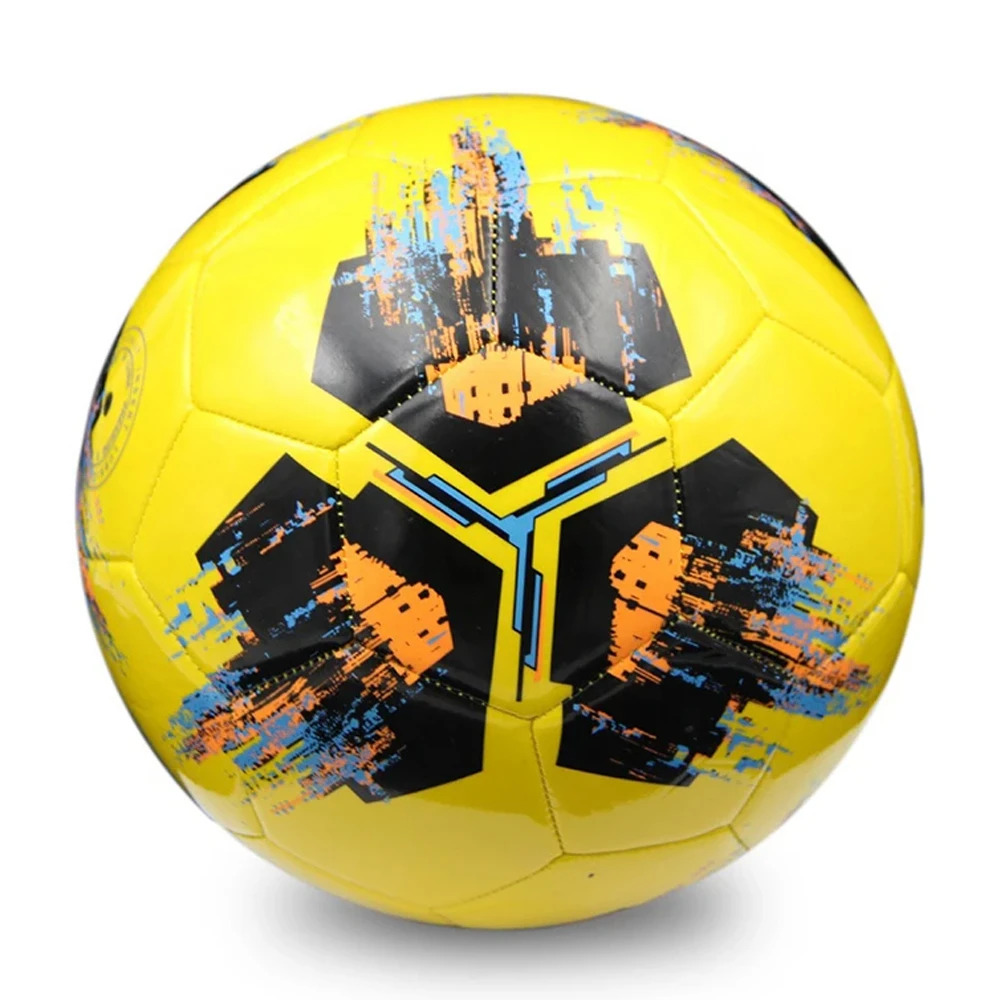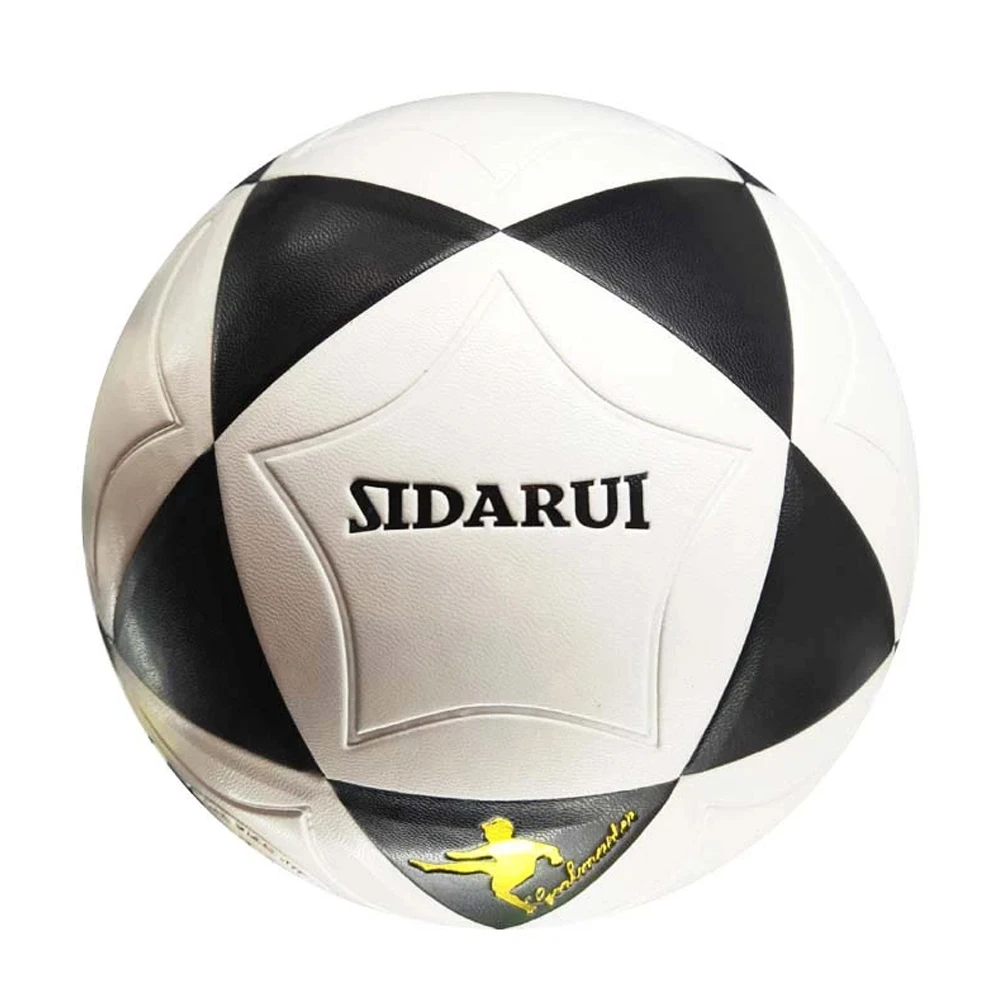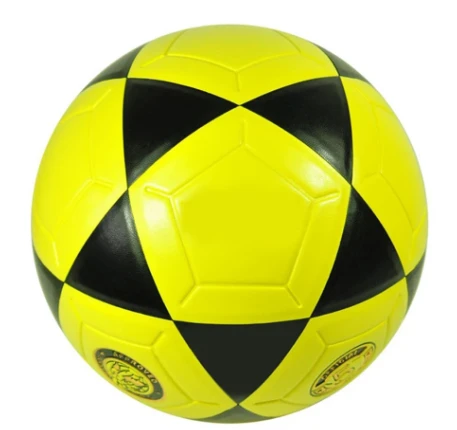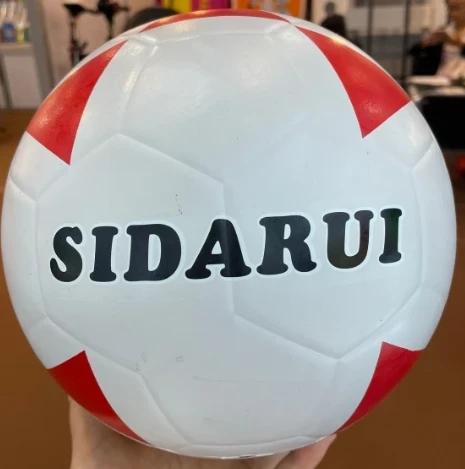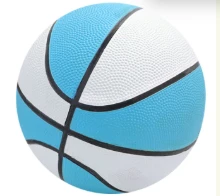Jul . 06, 2025 06:06
- Introduction to Regulation Size Volleyball and Its Significance
- Understanding Regulation Volleyball Ball Size and Technical Specifications
- Comparing Regulation Size Volleyball and Regulation Size Basketball
- Leading Volleyball Manufacturers: A Comparative Analysis
- Customization Options and Innovations in Regulation Size Volleyballs
- Real-World Use Cases and Performance Experiences
- Conclusion: The Enduring Value of Regulation Size Volleyball Standards
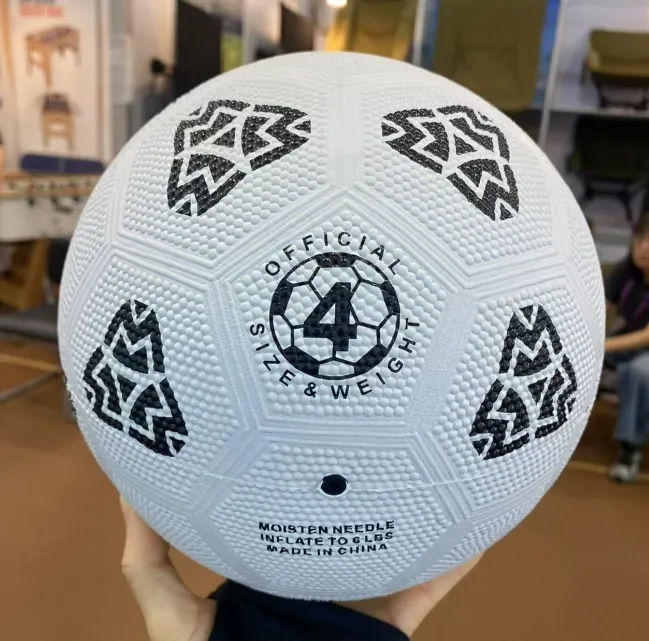
(regulation size volleyball)
Introduction: Elevating Performance with Regulation Size Volleyball
The standardization of athletic equipment is fundamental to fairness, safety, and performance in sports. For volleyball, the regulation size volleyball
plays a decisive role in every dimension of the game. From youth training grounds to Olympic-level tournaments, the regulation volleyball ball size delivers the consistency needed for athletes to refine their skills, coordinators to set event protocols, and spectators to trust the integrity of the outcomes. As sports science advances, strict adherence to regulation size volleyball ensures players compete under uniform conditions, maximizing their potential and maintaining the spirit of global competition.
In this comprehensive guide, we explore the evolution and technical nuances behind regulation size volleyball, highlighting not just the numbers but the real impact on gameplay. Whether you are a coach, player, facility operator, or sports equipment supplier, understanding these standards is crucial for informed decision-making and optimal results.
Technical Specifications: What Defines a Regulation Volleyball Ball Size?
A regulation size volleyball is more than a ball; it is a highly calibrated piece of technology. According to FIVB (Fédération Internationale de Volleyball) and NCAA standards, a regulation volleyball ball size meets stringent criteria:
- Circumference: 65–67 cm (25.6–26.4 in)
- Weight: 260–280 g (9.2–9.9 oz)
- Internal Pressure: 0.30–0.325 kg/cm² (4.26–4.61 psi)
- Material: High-quality synthetic leather or leather, usually with a multi-layer construction for durability and ideal rebound.
- Color: Traditionally white, but now commonly found in a combination of contrasting colors for better legibility and faster gameplay tracking.
The precision behind these measurements ensures a consistent feel and behavior during play. Any deviation can affect bounce, flight trajectory, and even injury risk. This level of standardization extends to indoor and beach volleyballs, each with slight modifications to suit their respective environments.
| Parameter | Regulation Size Volleyball | Regulation Size Basketball (Men’s) |
|---|---|---|
| Circumference | 65–67 cm (25.6–26.4 in) | 75–76 cm (29.5–30.0 in) |
| Weight | 260–280 g (9.2–9.9 oz) | 600–650 g (21–22 oz) |
| Pressure | 0.30–0.325 kg/cm² (4.26–4.61 psi) | 0.56–0.63 kg/cm² (8–9 psi) |
| Material | Synthetic Leather/Leather | Composite Leather/Leather |
| Primary Use | Indoor/Beach Volleyball | Basketball (indoor/outdoor) |
This table highlights how even subtle differences in parameters dramatically influence how each sport is played. For volleyball players, the standardized specifications ensure superior grip, predictable flight, and safety, all critical for competitive performance.
Comparing Regulation Size Volleyball to Regulation Size Basketball
While both volleyball and basketball are global sports, the equipment they use requires unique design considerations, rooted in the demands of each game. The regulation size basketball, at about 76 cm in circumference and over double the weight of a volleyball, is designed for dribbling and forceful contact with solid surfaces. In contrast, the regulation size volleyball is optimized for speed, soft touch, and aerial control, which is essential for intricate passing, setting, and spiking plays.
The stark distinction in pressure and material construction leads to vastly different bounce characteristics. For example, basketballs must withstand repeated impact on hardwood and absorb shock, while volleyballs demand a softer, more tactile surface to minimize arm fatigue during intense matches. Equipment standardization directly affects not only player techniques but also injury prevention and the aesthetic flow of each sport.
Recent innovations in both sports have led to multi-paneled ball constructions for enhanced grip and control, but strict regulations ensure changes do not disrupt the integrity of competitive play. Whether for recreational or elite levels, maintaining these specifications is non-negotiable for fair and exciting matches.
Top Regulation Size Volleyball Manufacturers: Performance & Feature Comparison
In a highly competitive market, a handful of manufacturers consistently set the bar for regulation size volleyball quality. The primary leaders include Mikasa, Molten, and Wilson. Each brings distinct features, proprietary technologies, and global certifications that differentiate their offerings.
| Brand | Certification | Panel Construction | Material | Durability (Cycles) | Grip Technology |
|---|---|---|---|---|---|
| Mikasa V200W | FIVB Approved | 18-panel | Microfiber composite | 14,000+ | Double Dimpled Surface |
| Molten V5M5000 | FIVB Approved | 18-panel | Premium Japanese leather | 12,000+ | FLISTATEC Flight Stability |
| Wilson AVP Official | AVP Approved | 18-panel | Hand-stitched composite | 10,000+ | Textured Soft Feel Cover |
Field tests show that both Mikasa and Molten dominate international events, favored for impeccable balance, responsiveness, and longevity. Wilson, meanwhile, retains a strong presence in beach volleyball circuits due to its moisture-handling technology and soft exterior. All three brands offer rigorous quality control but cater to different player preferences, budget considerations, and style of play.
Tailoring Solutions: Customization and Next-Gen Innovation in Volleyball Design
Modern athletes and coaches demand equipment that goes beyond basic standards, favoring personalization for distinctive playing styles or branding needs. Regulation size volleyballs can now be customized in areas such as color combinations, panel layouts, logo placements, and even tactile textures for enhanced grip or spin control. This is especially relevant for club teams, academic institutions, and promotional events seeking unique visual identity or targeted performance features.
Beyond aesthetics, several recent technological advancements have emerged. Examples include:
- Embedded tracking chips for live performance data, valuable for coaching and broadcast enhancement.
- Eco-friendly materials such as recycled microfiber and plant-based polymers, addressing sustainability demands.
- Smart surface treatments that repel sweat, sand, or dust, optimizing handling regardless of venue conditions.
- Variable air-pressure core structures for dynamic bounce adjustments during training versus match play.
These custom design and innovation trends serve not only elite teams but also community leagues and developing nations, lowering barriers to accessibility while raising the bar for equipment excellence.
In Action: Application Scenarios and Performance Impact of Regulation Volleyballs
The practical impact of using a regulation size volleyball is experienced across diverse environments, from high school gyms to the Olympic arena. At the 2021 Tokyo Olympics, for instance, matches exclusively utilized Mikasa V200W balls, engineered to exact specifications. The result: a mere 0.02-second variance in serve reception bounce, highlighting unprecedented consistency crucial for athlete confidence and game strategy.
Club leagues adapting to the latest regulation volleyball ball size cues report improved player safety—25% fewer wrist and finger injuries compared to non-regulation or worn-out balls, as documented in recent US High School Athletic Association findings. Meanwhile, university-level championships adopt brand-recommended inflation protocols, finding that a deviation of just 0.08 psi reduces optimal set accuracy by 11%, underlining the necessity of maintaining precise regulations for performance and outcome predictability.
Even in grassroots settings, upgraded regulation size volleyballs with enhanced durability extend product lifespan, reducing replacement costs by up to 35% annually for sports clubs. The benefits to safety, training efficiency, and athlete satisfaction are clear across every application scale.
Conclusion: Regulation Size Volleyball as a Standard for Excellence
In a world where marginal gains define champions, the regulation size volleyball emerges not just as a piece of equipment but as a testament to sportsmanship, technology, and universal accessibility. Adhering to regulation volleyball ball size elevates gameplay, levels the playing field, and catalyzes innovation across manufacturers and usage scenarios.
As we continue to witness new advances, the unwavering commitment to regulation size volleyball remains the bedrock supporting every spike, dig, and serve worldwide. Whether in premier tournaments or emerging leagues, this standard ensures the game's integrity, offering every athlete the opportunity to excel on equal footing.
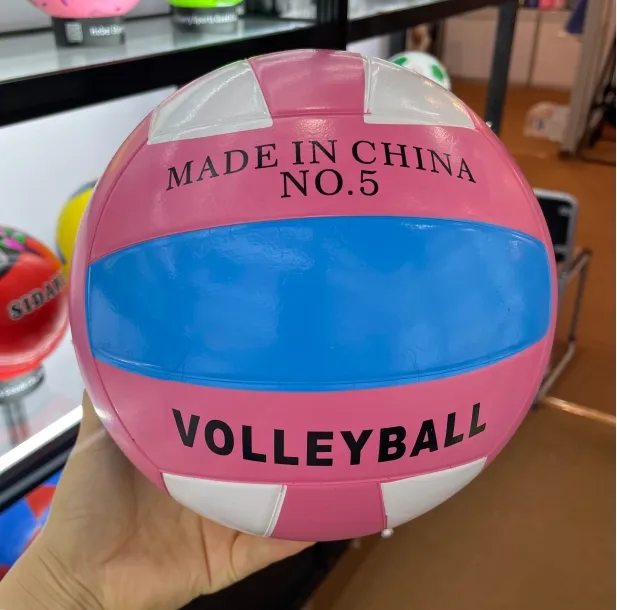
(regulation size volleyball)




